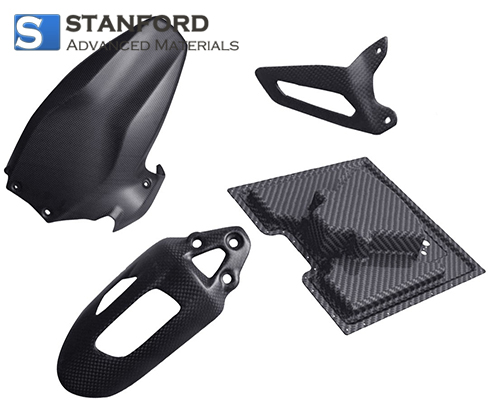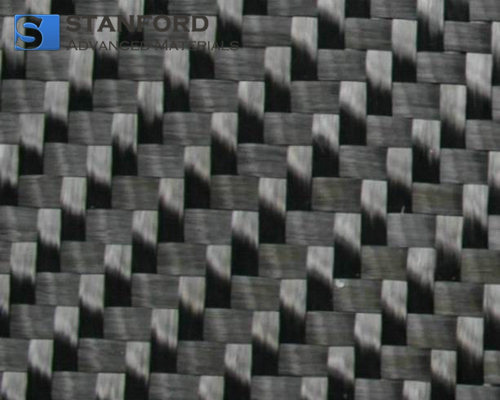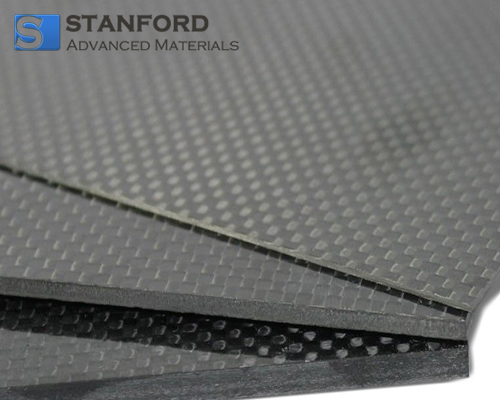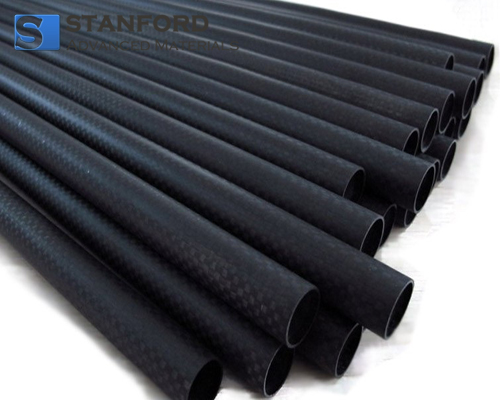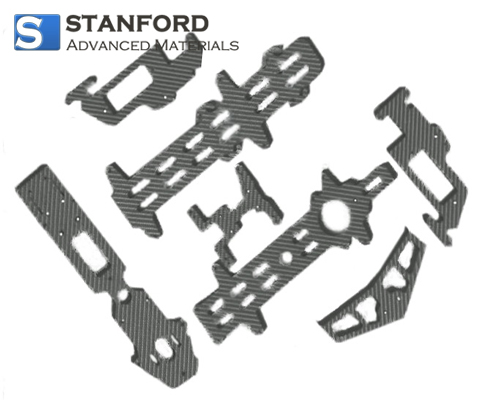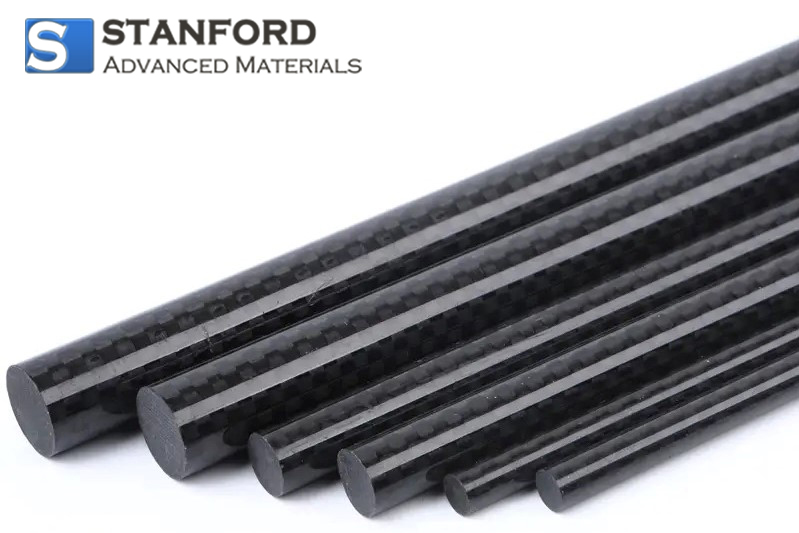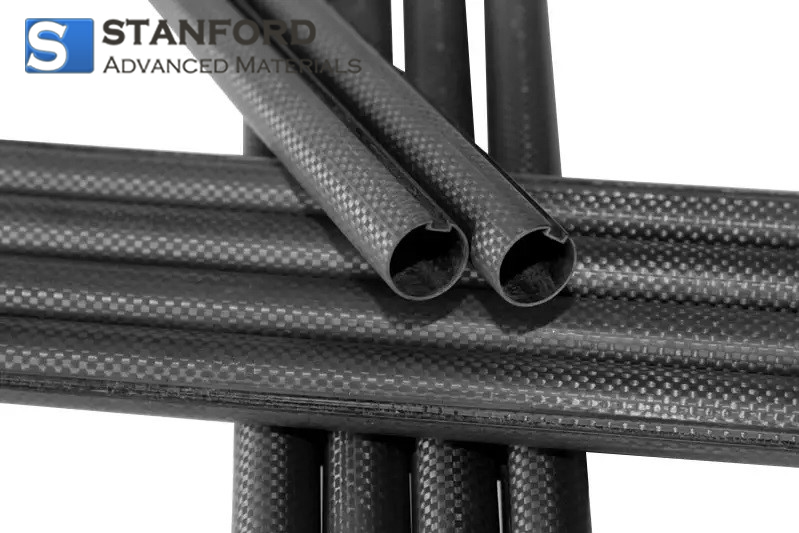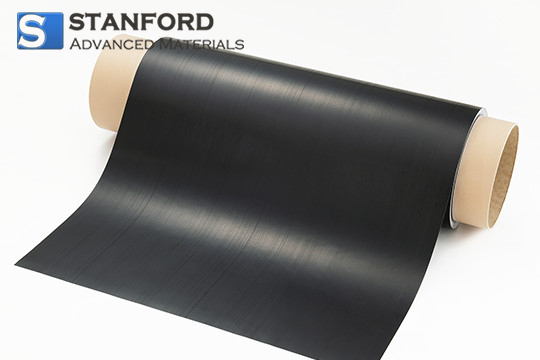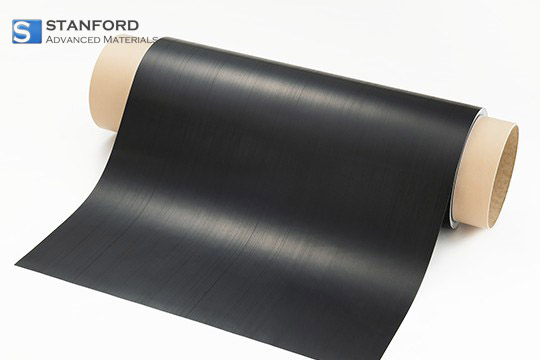Carbon Fiber Products With Complex Shapes Description
Carbon fiber is a long and thin strand of fiber composed mostly of carbon atoms. As carbon atoms are bonded together in crystals within the fibers. As the carbon crystals are more or less formed parallel to the long axis of the fibers, the material is extremely strong for its size.
Thousands of carbon fibers, usually 3k~12k for consumer products, are twisted together to form a yarn. These carbon fiber yarns are further fabricated or weave into carbon cloth, which is the foundation of most carbon fiber products that we can find on the market. Then, carbon cloth would be combined with epoxy or other polymers and molded into different shapes for various applications. Carbon fiber materials are so strong that even materials made by lower grade carbon fibers, e.g. T300, have great strength if designed and manufactured in a proper way.
Carbon fiber parts are light weighted, compared with similar components made by metal. Carbon fiber composite materials are used to make high-performance sports equipment, including bicycle frames, fishing rods, automobile body parts, frames for models, and more. High-quality carbon fiber materials are applied in aviation industries to replace traditional alloys.
Carbon Fiber Products With Complex Shapes Specification
|
Catalog No.
|
GR0461
|
|
Density
|
1.6 - 2.0 g/cm³
|
|
Tensile Strength
|
3000 - 7000 MPa
|
|
Tensile Modulus
|
200 - 600 GPa
|
|
Coefficient of Thermal Expansion
|
0.5 - 2.0 × 10^-6 /°C
|
|
Thermal Conductivity
|
30 - 120 W/(m·K)
|
|
Conductivity
|
10^2 – 10^6 S/m
|
|
Operating Temperature
|
300 - 350°C
|
Carbon Fiber Products With Complex Shapes Applications
We have produced carbon fiber parts for a wide variety of applications including:
Industrial Equipment
Robotics
RC Hobby Devices - Race Cars, Helicopters, Quadcopters, etc.
Marine
Carbon Fiber Products With Complex Shapes Packing
Our Carbon Fiber Products With Complex Shapes are carefully handled during storage and transportation to preserve the quality of our product in its original condition.
Carbon Fiber Products With Complex Shapes Advantages
One of the advantages of carbon fiber and composites is that virtually any shape or size can be fabricated. All that is required is a tool or mold, that is used to form the layers of carbon fiber.
Carbon Fiber Products With Complex Shapes FAQs
Q1: What are the benefits of using Carbon Fiber for complex shapes?
A1:The use of carbon fiber in products with complex shapes offers several key advantages:
High Strength-to-Weight Ratio: Carbon fiber provides exceptional strength while being much lighter than metals, making it ideal for applications requiring both strength and reduced weight.
Design Flexibility: Carbon fiber composites can be molded into intricate shapes, allowing for the creation of parts that traditional materials or manufacturing processes cannot achieve.
Durability: Carbon fiber is highly resistant to wear, corrosion, and environmental damage, ensuring long-lasting performance in harsh conditions.
Customization: Carbon fiber products can be tailored to meet specific design, performance, and aesthetic requirements, ensuring that parts fit perfectly in complex assemblies.
Performance Enhancement: Carbon fiber’s high stiffness and impact resistance are ideal for applications where structural integrity and lightweight components are critical.
Q2: What manufacturing methods are used for Carbon Fiber Products with Complex Shapes?
A2: There are several advanced manufacturing methods used to produce carbon fiber products with complex shapes, including:
Molding (Compression or Injection Molding): Carbon fiber fabric or prepreg is placed into molds and then subjected to heat and pressure to form the desired shape. This method is ideal for producing large quantities of parts with complex geometries.
CNC Machining: Carbon fiber sheets or blocks are precisely machined using CNC (computer numerical control) machines to create intricate, detailed shapes with high accuracy.
3D Printing: Carbon fiber filaments are used in additive manufacturing (3D printing) to create complex geometries that would be difficult or impossible to achieve with traditional methods. This method is useful for prototypes and low-volume production.
Hand Layup and Resin Transfer Molding (RTM): Carbon fiber layers are manually placed and impregnated with resin, then cured to create strong, complex shapes. This method is ideal for custom, low-volume, or high-performance applications.
Q3: Can Carbon Fiber Products with Complex Shapes be customized?
A3: Yes, carbon fiber products with complex shapes can be highly customized. Key customization options include:
Shape and Geometry: Custom shapes, sizes, and intricate details tailored to specific design requirements.
Fiber Orientation: The alignment of the carbon fibers can be adjusted to provide maximum strength and performance in specific directions.
Surface Finish: Options for matte, glossy, or textured finishes, depending on aesthetic and functional needs.
Core Materials: Custom cores (e.g., metal, foam, or composite) can be used to create hollow or lightweight structures with different mechanical properties.
Material Properties: Carbon fiber can be combined with different types of resin or matrix materials to provide specific characteristics, such as heat resistance, flexibility, or electrical conductivity.


 English
English Española
Española Deutsch
Deutsch Français
Français Italiano
Italiano